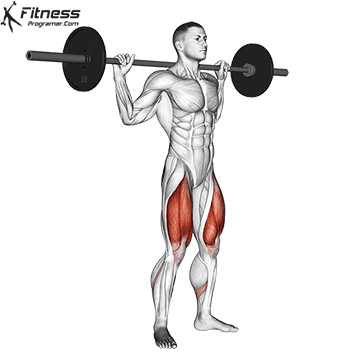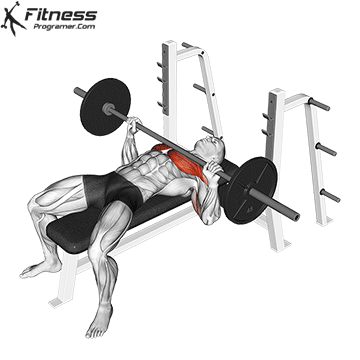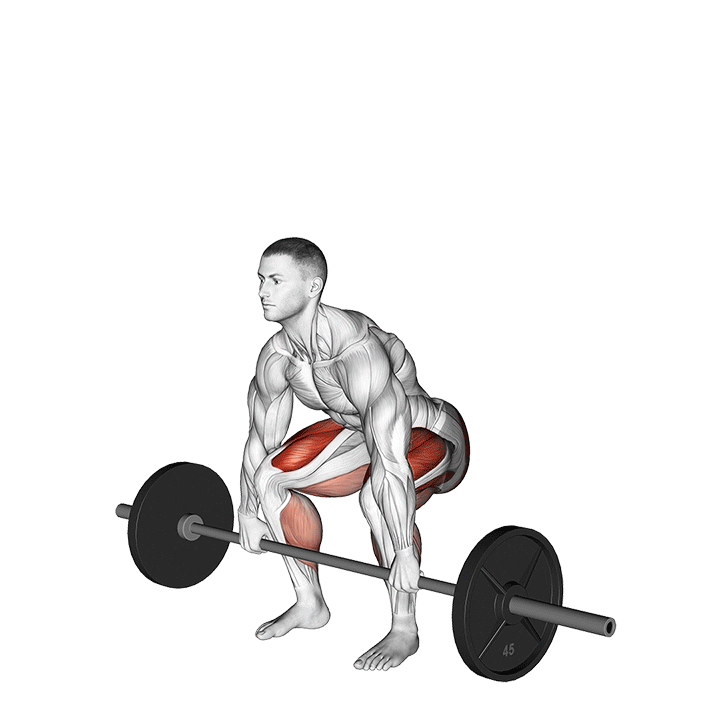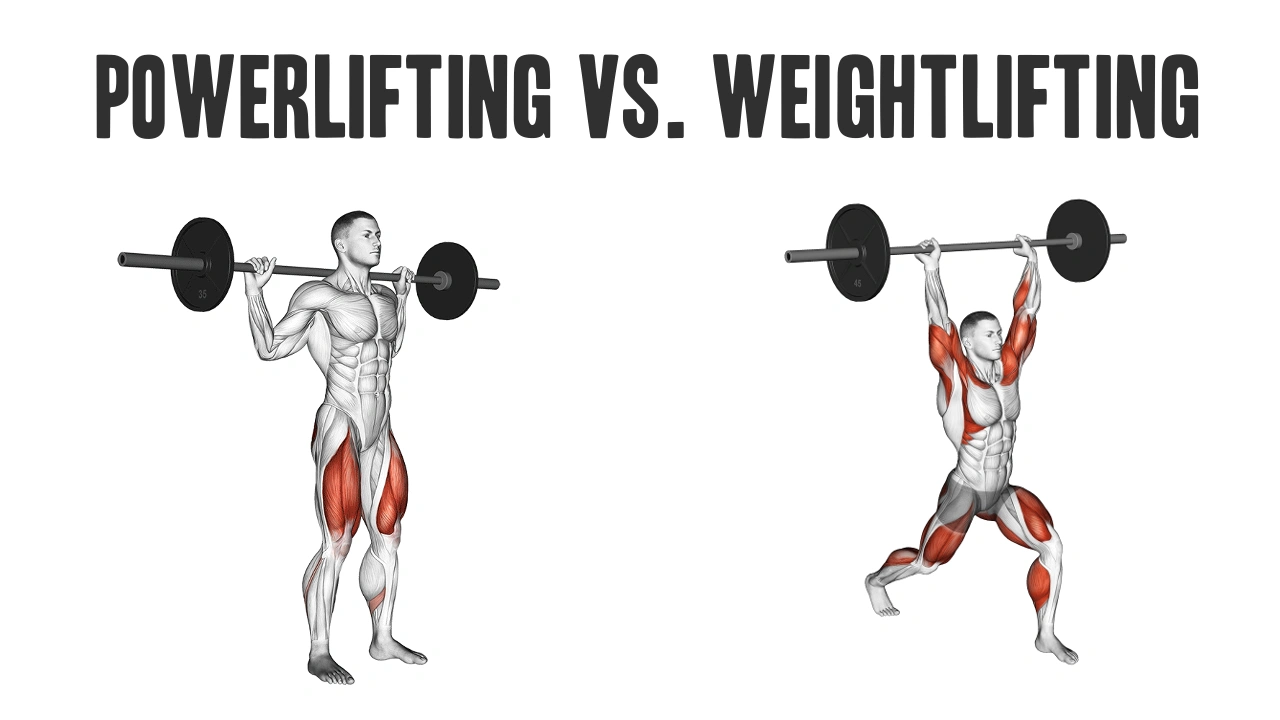Strong sports grew popular, but terms such as capacity and heavy Often can be used in the wrong use of each other. Both discipline both differ significantly in lifting heavy weights and developing maximum power, they purposes, competitiveness and sports purposes.
Understand the importance of developing effective programs and setting effective programs to develop effective programs and determine the real performance of efforts, Powerfingting, and portrait, and the Olympic aggravation. This article was consistently supported the main differences between these two sports.
What is PowerLFing?
POWERLITLTING is a sport around this Maximum strength were shown in three distinct lift:
Each athlete is three attempts to climb in the race and the best attempt for each total amount.



Basic features:
- Purpose: Lift as much weight as you can to repeat one repetition.
- Action style: Slow, managed elevators through the full range of action.
- Tests: Absolute power, especially in the movement of the sagital-aircraft.
- Equipment: Raw (belts and clamps) or equipped (suit suits, machine).
- Federations: IPF, USAPL, WRPF, etc.
Physical attributes developed:
- Maximum strength exit
- In the abdomen and folding
- Lower body and back chain hypertrophy
What is the Olympic Weight?
Well-known heavy In the Olympic Context, this sport consists of two dynamic elders:
Both efforts are using the land to raise Barbell Speed, Power and Clarity.


Basic features:
- Purpose: Raise maximum weight in a technical demanding action.
- Action style: Full body elevators, including explosive, prompt extension and coordination.
- Tests: Management of power, power, flexibility and means.
- Equipment: Shoes, wrists and belts that are heavy stoned.
- Federation: International Weightlifting Federation (IWF)
Physical attributes developed:
- The level of power development
- Nonuzura efficiency
- Movement and coordination
Basic differences between mail and weightlifting
| Language | Capacity | Olympic weight |
|---|---|---|
| Lifts done | Squat, the machine press, dead | Pull, clean and jingk |
| The speed of action | Managed, slow lifts | Fast, Explosive Lifting |
| The main purpose | Maximum strength | Maximum power and technician |
| Flexible needs | Moderate | High (especially shoulder, hips, ankle) |
| Requirement of movement | Lower | High |
| The risk of injury | Lower back, shoulders | Wrist, shoulders, knees |
| Weight classes | Yes | Yes |
Reading style and occasional
Powerling programs Plan a height and intensive cycle to establish the efficiency of neuter and muscle mass to build a mass 1-6 reps.
Weightlifting programs Technical processing, operational drawings and Explosive forceoften works Sitizes for the third trio and as a change of movement Hanging the cleansing and pulling.
Which one is right for you?
- Select PowerLife You prefer slow, heavy lifts and focus on raw power.
- Choose weight You enjoy more sports, explosive and fast, technical movements.
Both sports can improve muscle power and contains elements that are equal to hybrid training procedures.
In terms of coaching and security
- Both sport requires good Technician minimizing the risk of injury.
- Progressive overloadIt is very important, regardless of mobility work and adequate recovery model.
- Before attempting to the maximum elevators, the bores need to control the car and pay attention to the weight training sessions.
Final thoughts
Two ventilations and tests in the Olympic weightlifting mean two different approaches to expressing it. The right to choose the right depends on your goals, movement styles and athletic background. Regardless of the sort, it is the best way to master the foundations and transition to consistent and structured training.
Literature
- GG, GG, & Triplett, NT (2015). Fundamentals of preparation and air conditioning (4th ed.). Human beer.
- Though Smer, J. (1993). Olympic and Powerlinifi Power power comment: Methodology, work predictions and evaluation tests. Strengthening Air Conditioning Research7 (2), 76-89.
- Stone, MH, etc. (2006). Force and maximum strengths in carrying out dynamic and static aggravated jump. Strengthening Air Conditioning Research20 (4), 967-971.
- Confirmation, P., etc. (2012). Comparing the reaction of the peak and forces development speed during power cleaning. Strengthening Air Conditioning Research26 (5), 1203-1212.



